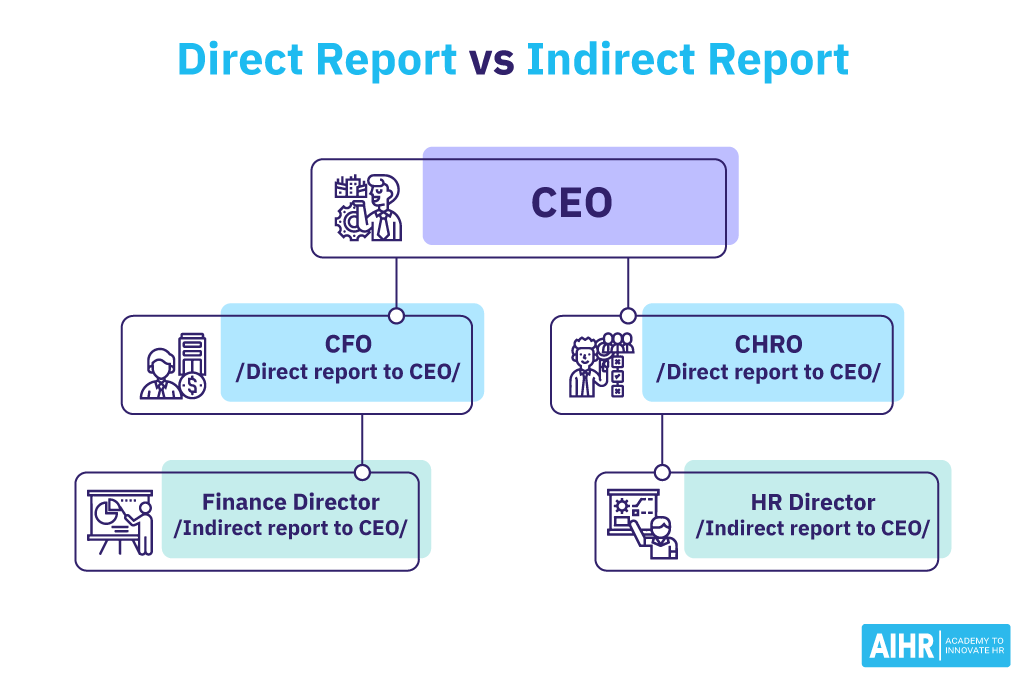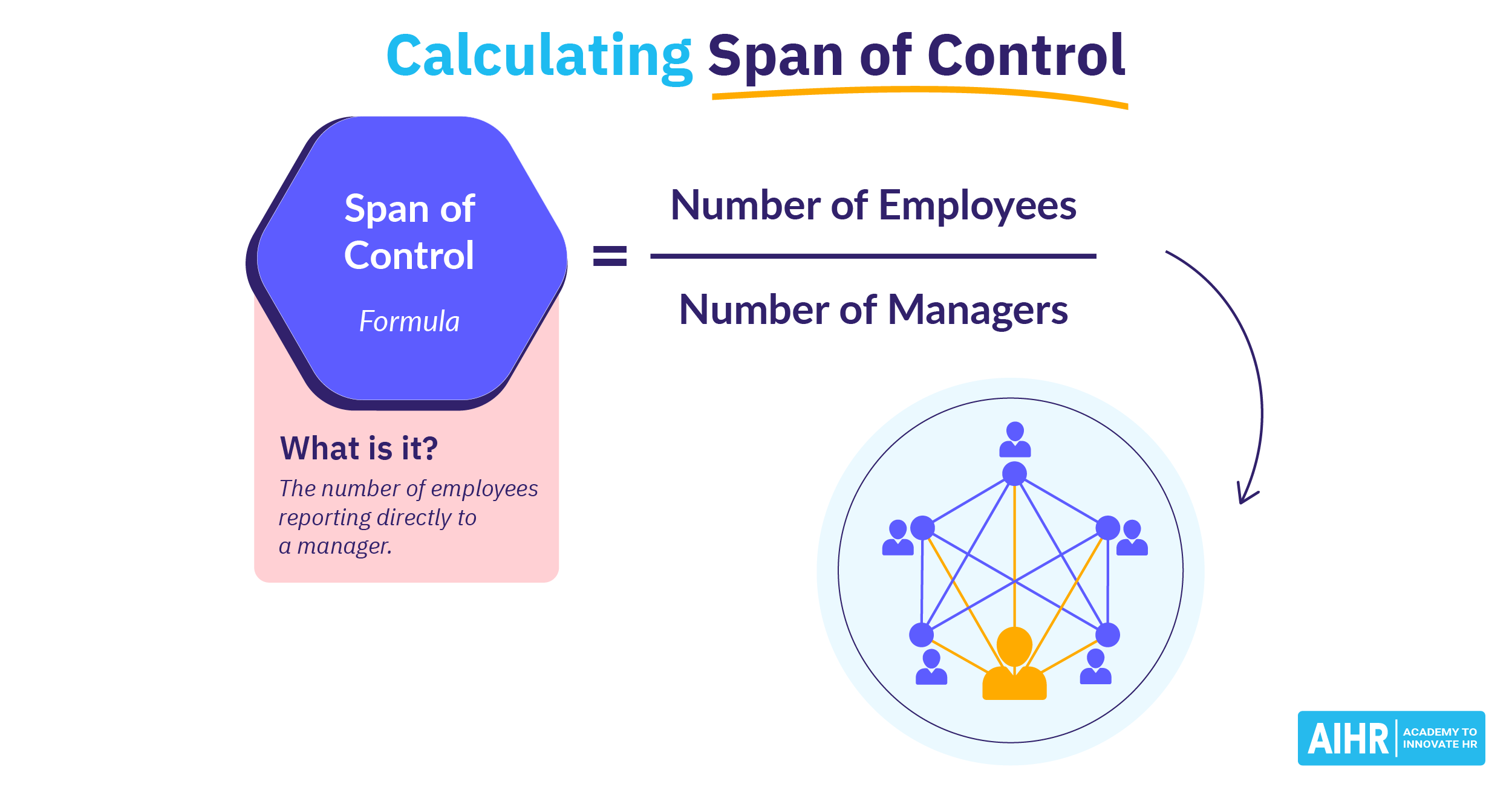Direct Report
Direct report meaning
A direct report, also known as a subordinate, is an employee who reports directly to a manager or supervisor. This means that the manager has the authority to assign tasks, provide feedback and make decisions that impact the employee’s work.
Direct reports are typically responsible for carrying out specific tasks or projects within their area of expertise. They are accountable to their manager for their work and are expected to meet the standards and expectations set by their manager.
In other words, the terms “direct report” and “subordinate” refer to the hierarchical relationship between the manager and employee. It implies that the employee is in a lower position in the organizational structure and is accountable to the manager.
Direct report versus indirect report
Direct reports and indirect reports are two terms used in the organizational hierarchy. A direct report is an employee who reports directly to a manager or supervisor.
On the other hand, an indirect report is an employee who works under the supervision of another employee, who then reports to a manager. The intermediary is responsible for providing guidance and feedback to the employee, but the manager retains ultimate responsibility for the employee’s work.

Example of a direct report
In a large organization, direct reporting may involve a manager overseeing a team of several employees who report directly to them, each with their own set of responsibilities and tasks. For example, a marketing manager in a large company may have direct reports that include a social media specialist, a content writer, and a designer.
In a smaller organization, direct reporting may involve a manager overseeing a smaller team of employees who handle multiple responsibilities and tasks. For example, a small business owner may have direct reports that include a sales associate who also handles customer service and inventory management.
Calculate the right number of direct reports
Calculating the appropriate number of direct reports for a manager can be a complex process, but it is essential to ensure that managers are not overwhelmed and can provide adequate attention and support to each of their direct reports. Here are some factors to consider when determining the appropriate number of direct reports per manager:
- The manager’s experience and skill level: A more experienced manager may be able to handle a larger team than a newer manager.
- Type of work: The complexity and workload of the work being done by the team can impact the number of direct reports a manager can handle.
- Level of supervision required: Some teams may require more hands-on supervision than others, which can impact the number of direct reports a manager can handle.
- Team member experience: The level of experience and self-sufficiency of team members can impact the number of direct reports a manager can handle.
- A manager’s other responsibilities: A manager may have other responsibilities outside of managing the team, such as strategic planning or budgeting, that can impact the number of direct reports they can effectively manage.
As a general rule of thumb, managers should ideally have no more than six to eight direct reports. However, this can vary depending on the factors listed above. It is important to regularly reassess the number of direct reports per manager to ensure that they are able to provide the necessary support and attention to each team member.
HR tip
The number of direct reports per manager should be carefully considered, to avoid burnout and maintain effective management.
How HR can help managers effectively manage direct reports
As an HR professional, you play a critical role in supporting managers in effectively managing their direct reports. Here are some actionable tips on how you can help:
- Clarify roles and responsibilities: Make sure each employee understands their responsibilities and how they fit into the larger team and organization. This can help eliminate confusion and ensure everyone is working towards the same goals.
- Provide training and development opportunities: Investing in employee development can lead to increased job satisfaction, productivity and retention. Offer training programs, mentoring, and coaching to help employees build new skills and achieve their career goals.
- Foster communication and feedback: Encourage managers to have regular one-on-one meetings with their direct reports to discuss performance, provide feedback and address any concerns. Create a culture of open communication where employees feel comfortable sharing their thoughts and ideas.
- Set clear expectations: Establish clear performance expectations and goals for each employee. This can help ensure that everyone is working towards the same objectives and can provide a framework for performance evaluations.
- Monitor performance and provide support: Regularly check in with managers to assess employee performance and provide support when needed. This can include additional training, resources, or coaching to help employees meet their goals and overcome any challenges.
By implementing these tips, HR can help managers effectively manage their direct reports, promote employee engagement and drive business success.
HR tip
- Encourage open communication between managers and direct reports to foster a positive working relationship and ensure clear expectations are set.
- Provide training and development opportunities to managers and direct reports to improve their skills and enhance their job satisfaction.







